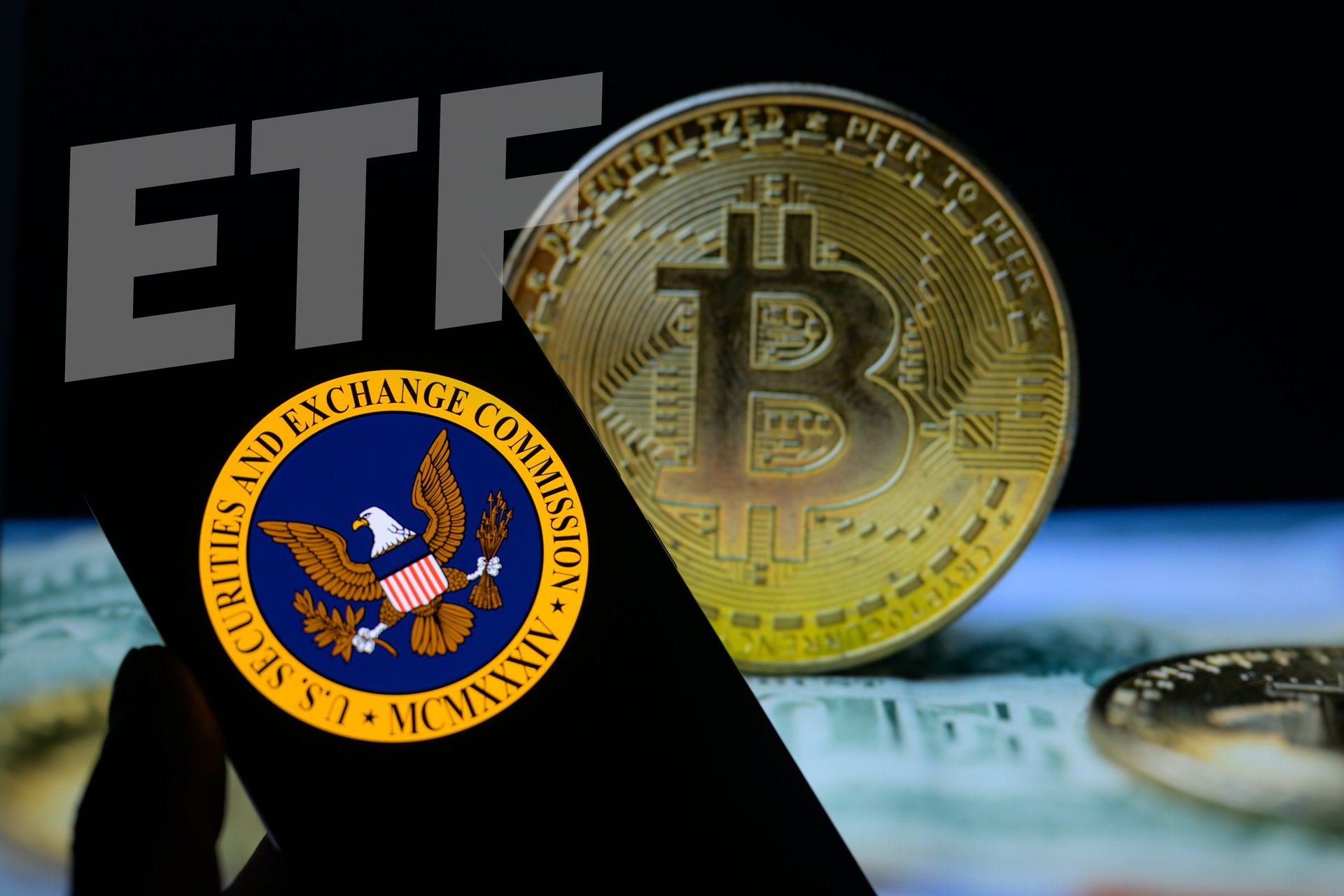Bitcoin and Ether ETFs helped take crypto mainstream. Are Solana and XRP next?
Crypto asset management firms have submitted their applications to the SEC for Solana and XRP ETFs

The Securities and Exchange Commission (SEC) approved bitcoin spot exchange-traded funds (ETFs) at the start of this year, capturing the attention of investors. The influx of capital into these funds fueled a rapid rise in bitcoin’s value, which soon reached an all-time high, breaking the prolonged stagnation in the cryptocurrency market.
Suggested Reading
A few months later, the financial watchdog approved ether spot ETFs, which many analysts predict could attract even greater interest from investors. This optimism stems from the ethereum blockchain’s widespread applications, particularly in decentralized finance (DeFi) and decentralized applications (dApps).
Related Content
Now, the conversation among investors has shifted to what’s next. Will the SEC continue to expand the range of crypto ETFs? Two promising candidates for future ETFs are Solana and XRP. Below, we’ll explore what these potential offerings could mean for the market.
Solana and Solana ETFs: What are they?
Founded in 2017, Solana is a high-performance blockchain network designed to support dApps. Known for its speed, Solana can process transactions at a significantly faster rate than other blockchains such as ethereum. While ethereum handles around 12-15 transactions per second, Solana claims to support up to 50,000 transactions per second, making it one of the fastest blockchain networks in the space. Additionally, Solana offers lower transaction fees, which enhances its appeal to developers and users.
Thanks to its speed and cost-efficiency, Solana has gained a reputation as a formidable competitor to ethereum — Solana has often been dubbed the “ethereum killer.” Its native token, Solana, or SOL, plays a crucial role in securing the network and providing rewards to participants. As of early October, it is trading at $137, nearly 500% higher than last year, when it was $23.
Solana ETF, if approved, would be an exchange-traded fund that tracks the price of SOL, offering investors a way to gain exposure to Solana’s ecosystem without needing to directly purchase and hold SOL tokens. This would allow traditional investors to benefit from Solana’s growth potential through a more familiar investment vehicle.
XRP and XRP ETFs: What are they?
XRP is the native token of the XRP Ledger, an open-source blockchain. It is used by the Ripple payment network to facilitate cross-border transactions and is designed to act as a bridge currency. It’s important to note that Ripple, the company, operates the network but does not own XRP. Unlike bitcoin, which has a capped supply of 21 million coins, XRP has a total supply of 100 billion tokens. It is currently trading at $0.52, down 3% from the previous year.
If the XRP ETF receives approval from the SEC, it will track the price of XRP, providing investors with a means to gain exposure to the XRP ecosystem without having to directly purchase and hold XRP tokens.
Will Solana and XRP spot ETF get approval?
The SEC has historically taken a cautious approach to cryptocurrency ETFs, prioritizing investor protection and regulatory compliance. However, the recent approval of bitcoin spot ETFs has opened the door for other cryptocurrencies such as Solana and XRP to follow suit.
Earlier this week, cryptocurrency asset manager Bitwise filed for the first spot XRP ETF. Similarly, investment manager VanEck submitted an application to list the first Solana spot ETF in the U.S. earlier this year. Moreover, asset manager 21Shares also filed for the spot Solana ETF, marking the second major application of its kind in 2024.
Currently, several investment products linked to Solana are available, including Grayscale’s Solana Trust (GSOL) and VanEck’s Solana ETP (VSOL), which can be accessed in select regions.
There is growing optimism in the market that new crypto ETFs may receive the green light within this year or next. This shift could enhance investment opportunities in the cryptocurrency space and attract a broader range of institutional and retail investors.
As the landscape evolves, the SEC’s decisions will be closely watched for indications of how it plans to regulate this emerging asset class.
